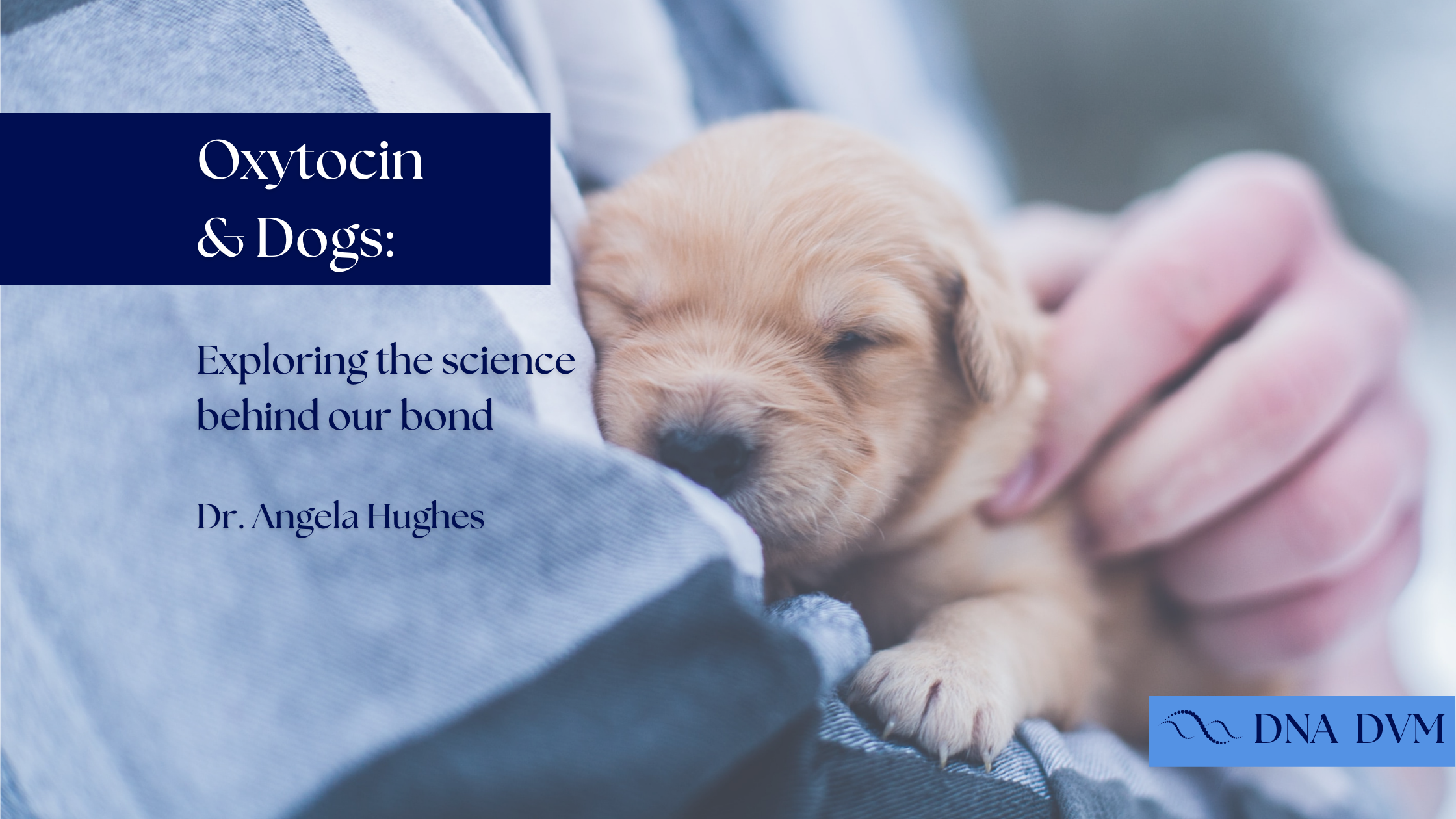Oxytocin and Dogs: Exploring the Science Behind Our Bond
Photo by Lydia Torrey on Unsplash
Understanding the Human-Animal Bond: A Mutually Beneficial Connection
The human-animal bond is a special connection that humans form with their pets. It is a bond that is mutually beneficial and dynamic. It is not just limited to companionship, but also includes health benefits that have been studied for decades. Pets, and dogs in particular, have been shown to provide numerous benefits to their owners, including increased physical activity, decreased stress, and even lower blood pressure.
The Role of Oxytocin in the Human-Animal Bond
One of the most fascinating aspects of the human-animal bond is the role of oxytocin, often referred to as the "love hormone". Oxytocin is a hormone that is released in the body during times of bonding, social interaction, and positive emotional experiences. It is often associated with childbirth and breastfeeding, but it is also released during other forms of bonding, including those between humans and dogs.
Oxytocin is also highly “conserved” across many diverse species including all mammals. We can infer from this that oxytocin is so critical to our physiology and survival that some version of it has been maintained in the genes of everything from mammals like humans, dogs, and cats to octopi and earthworms.
Gaze into my eyes: How Dogs and Humans Connect Through Eye Contact
Many people report that their dog is a close companion and research has found that when a dog and their owner interact, they often have extended eye contact, or a mutual gaze, which increases oxytocin levels in both individuals (Nagasawa et al., 2015). Oxytocin is a main hormone in maternal-infant bonding; thus, it appears that it can also help reinforce interspecies forms of attachment as well.
The Power of Touch: How Petting a Dog Can Boost Oxytocin Levels
Another study has shown that petting and interacting with dogs can also increase oxytocin levels in both humans and dogs (Petersson et al., 2017). This is likely because oxytocin is released during physical touch, such as petting a dog or holding a baby. Thus, it appears that oxytocin is powerful enough that it can help reinforce both within-species (e.g., human to human) and between-species (e.g., human to dog) forms of attachment.
These researchers also found that the dogs and humans both could mutually sense the other’s emotional state – calmness in this case – and responded similarly as a result of being able to read the other’s physical and behavioral cues. This ability to communicate across species comes from tens of thousands of years of co-evolution (Hughes, 2023).
Additional benefits of Oxytocin
In addition to bonding, oxytocin has also been linked to numerous health benefits. For example, oxytocin has been shown to decrease stress levels by reducing the production of cortisol in humans, a hormone that is released during times of stress. This can lead to a reduction in blood pressure and an increase in a person’s overall sense of calmness.
Oxytocin has also been linked to increased social interaction and improved mood. When oxytocin levels are high, individuals may feel more confident and social, leading to more positive interactions with others. This can be especially beneficial for individuals who struggle with social anxiety or depression.
Other Health Benefits of the Human-Animal Bond
But the benefits of the human-animal bond go beyond just oxytocin. Dogs also provide companionship and a sense of purpose to their owners. They can encourage physical activity, which can lead to improved cardiovascular health and weight management. And they can even provide a sense of security and safety, which can lead to improved mental health and well-being.
How to Foster the Human-Animal Bond
As dog owners, it is important to recognize the numerous benefits of the human-animal bond and to take steps to foster this bond with our canine companions. This can include spending quality time with our dogs, such as taking them for walks or playing with them in the park. It can also include providing our dogs with proper care and nutrition, which can help lead to a happier and healthier pet.
Conclusion: The Value of the Human-Animal Bond
In conclusion, the human-animal bond is a special connection that has numerous benefits for both humans and dogs. It is important to recognize the value of this bond and to take steps to foster it with our own dogs and support others so they can also benefit. By doing so, we can enjoy a lifetime of companionship and health benefits that come with the human-animal bond.
So, the next time you see your dog, show them how much you care with a long mutual gaze and some pets to improve both or your oxytocin and happiness levels!
References
Hughes A. (2023) On the origin of breeds: How were over 200 breeds created?
Nagasawa M, Mitsui S, En S, et al. (2015) Oxytocin-gaze positive loop and the coevolution of human- dog bonds. Science. 348(6232):333-6. DOI: 10.1126/science.1261022
Petersson M, Uvnӓs-Moberg K, Nilsson A, et al. (2017) Oxytocin and Cortisol Levels in Dog Owners and their dogs are associated with behavioral patterns: An exploratory study. Frontiers in Psychology. 13;8:1796. DOI: 10.3389/fpsyg.2017.01796

